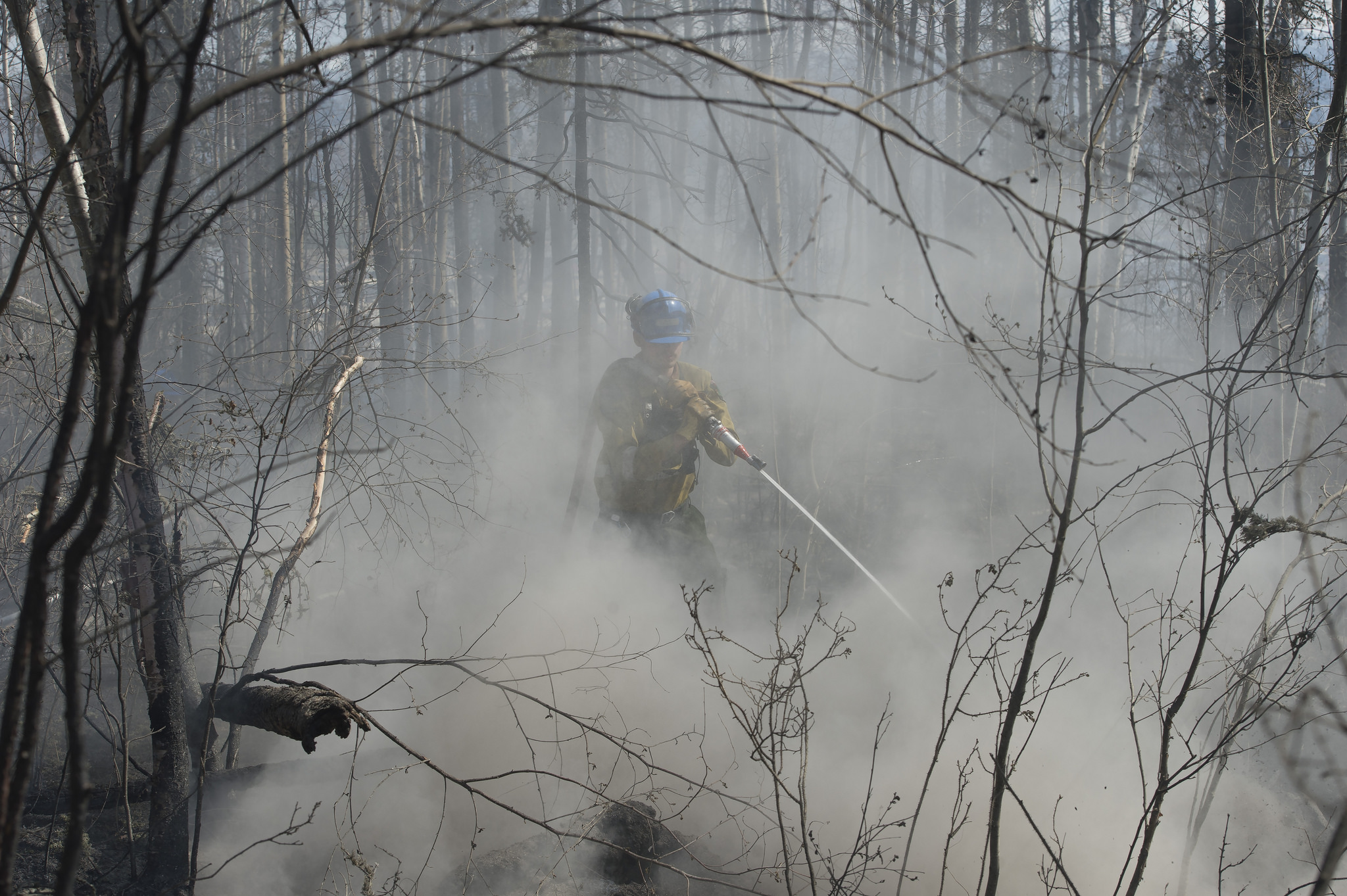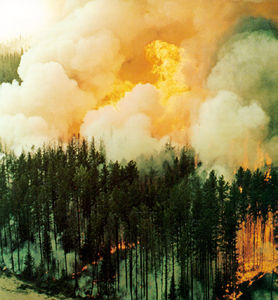Wildfires occur every summer. However, the scale and frequency of wildfires is increasing due to climate change. In 2023, for example, Canada experienced its worst wildfire season on record, with smoke billowing eastward as far as Europe. Over 6,000 wildfires burned at least 15 million hectares of land during 2023, resulting in an area of destruction larger than England. Here is the background on wildfires, from a Canadian perspective.

- On average, about 6,000 forest fires occur in Canada every year. While wildfire can be a natural and important part of the forest ecosystem, when it encroaches on human dwellings it can have disastrous effects.
- The average area burned in Canada each year is about 2.9 million hectares, roughly the size of Vancouver Island.
- Increasingly, climate change is the reason wildfire seasons are becoming more extreme. In a warming climate, extreme weather events, such as droughts, heat waves and extreme storms, will increase in frequency and intensity. Increases in these events create conditions for other negative impacts, like forest fires and crop failures.
- The most disastrous forest fire in recent Canadian history occurred in May 2016. It took place around the Regional Municipality of Wood Buffalo, of which Fort McMurray is the largest community. At the time, temperatures in the area had reached over 30°C, while humidity levels dropped to below 15 per cent. These dry conditions fuelled the blaze, which began southwest of the city and then jumped the Athabasca River to threaten communities on the river’s northwest shore. The fire eventually covered more than 500,000 hectares, forced over 80,000 residents from their homes and destroyed 2,400 structures — or about 10 per cent of Fort McMurray.
- As seen during the Fort McMurray fire, modern detection, firefighting techniques and air evacuations mean forest fires generally no longer have significant death tolls. However, in the 1800s and early 1900s, this was not the case. The Miramichi fire, for example, began on 5 October 1825 after a dry summer. It devastated some 1.6 million hectares north of New Brunswick’s Miramichi River, destroying Douglastown and Newcastle. Estimates of the death toll run from 200 to 500 people.

 Share on Facebook
Share on Facebook Share on X
Share on X Share by Email
Share by Email Share on Google Classroom
Share on Google Classroom



